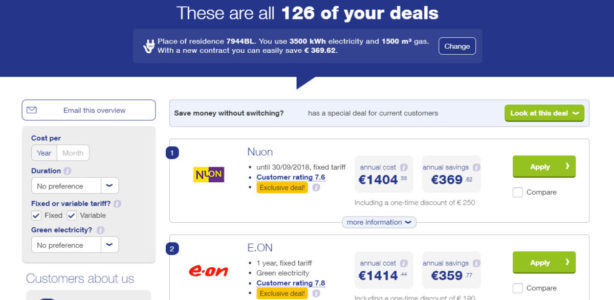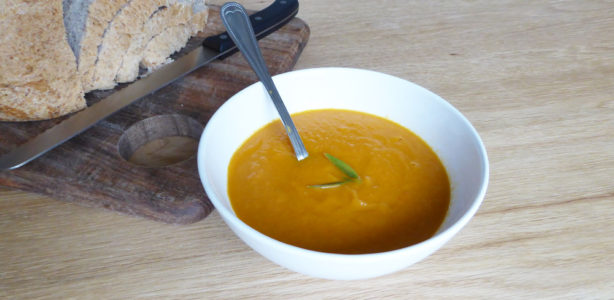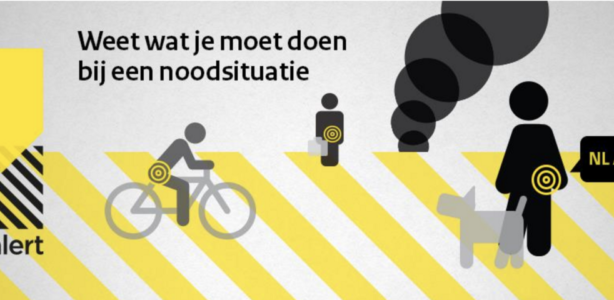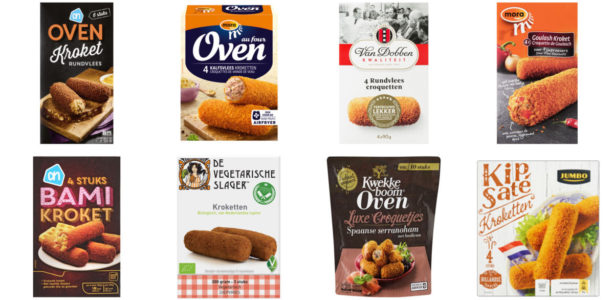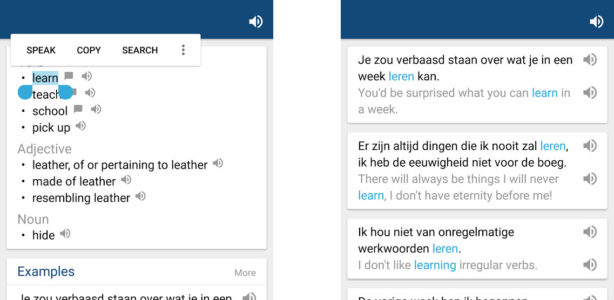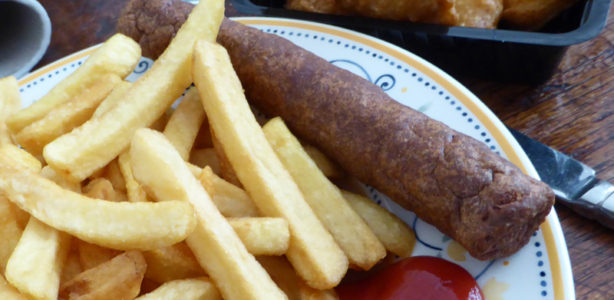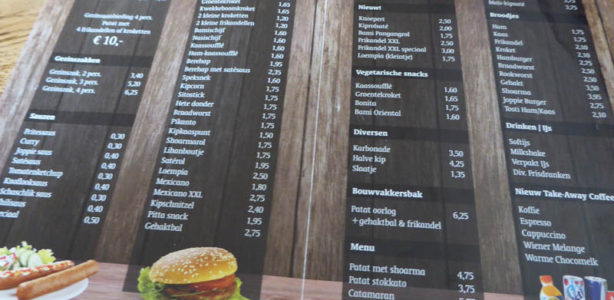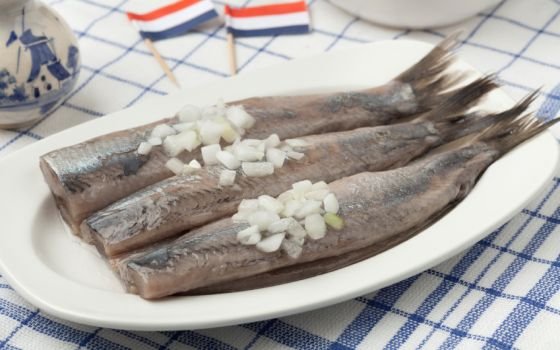
When you think about typical Dutch foods, stamppot, cheese and frikandel probably spring to mind. But there are also a few foods that are strictly Dutch, falling under the European Union PDO, PGI and TSG schemes that protect the reputation of regional foods.
The European Union quality schemes for agricultural products and foodstuffs first came into force in 1992. The purpose of the law is to protect the reputation of regional foods, help ensure producers receive a fair price for their authentic products, and stop the misleading of consumers by non-genuine products being sold under the same name. These laws protect the names of wines, cheeses, hams, sausages, seafood, olives, olive oils, beers, balsamic vinegar, regional breads, fruits, raw meats and vegetables.
 +31 (0)50 367 71 97
+31 (0)50 367 71 97  info@connect-int.org
info@connect-int.org
